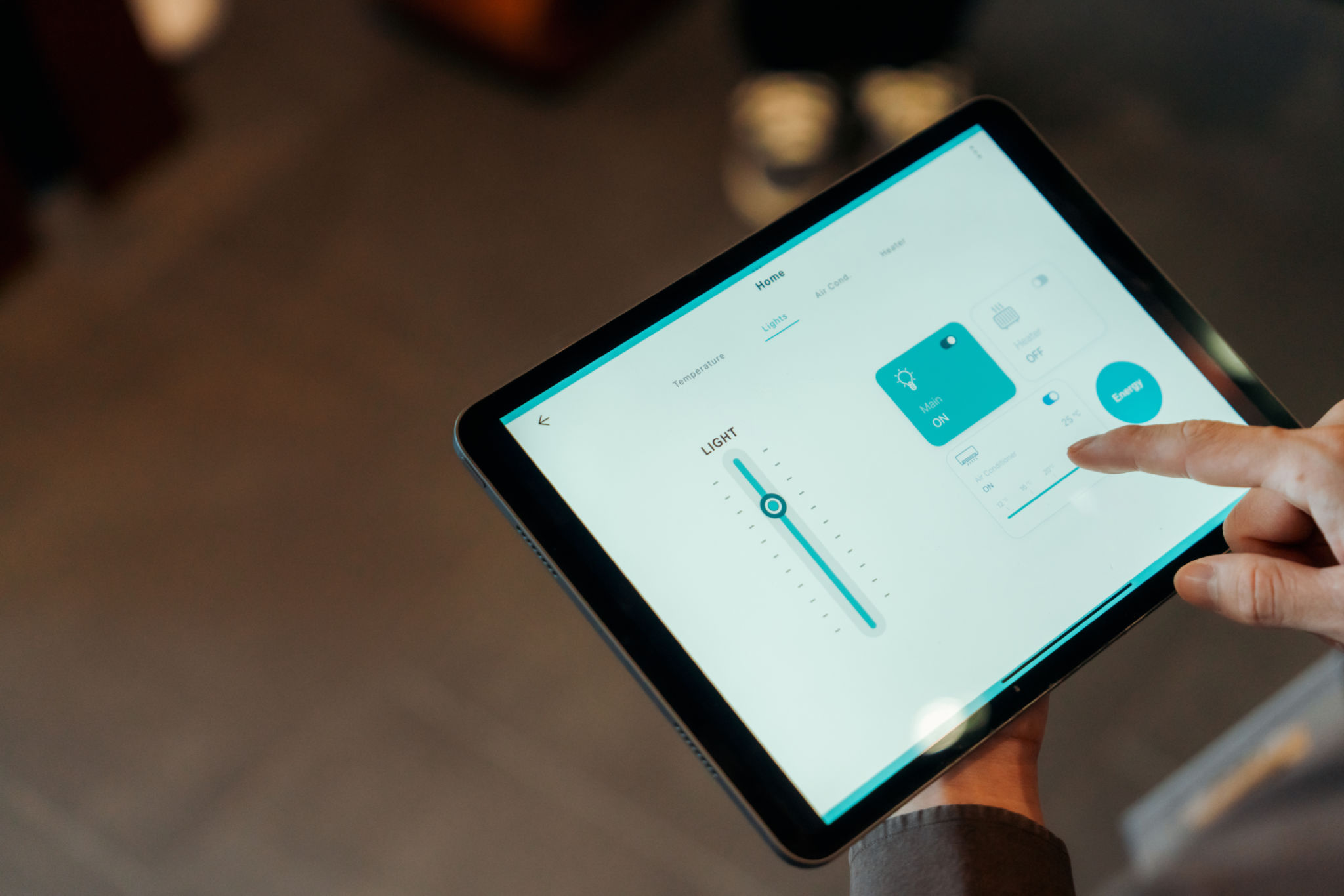Smart LED Lighting: A Guide to Enhancing Your Home's Efficiency
Understanding Smart LED Lighting
Smart LED lighting is revolutionizing the way we illuminate our homes. Designed to enhance energy efficiency and provide greater control over lighting conditions, smart LEDs offer numerous benefits that go beyond traditional lighting solutions. By integrating technology with illumination, these lights are a crucial component of modern smart homes.

Unlike conventional bulbs, smart LEDs can be connected to your home network, allowing you to control them via a smartphone app or voice assistant. This connectivity enables you to customize lighting conditions from anywhere, at any time, enhancing convenience and efficiency. Moreover, smart LEDs typically last longer and consume significantly less energy than incandescent or CFL bulbs.
Benefits of Smart LED Lighting
One of the most compelling advantages of smart LED lighting is its potential to reduce energy consumption. By using less electricity and offering features like dimming and scheduling, these lights can lead to substantial savings on your utility bills. Additionally, the ability to schedule lights can improve home security by simulating occupancy when you're away.
Another benefit is the capacity for customization. With smart LEDs, you can easily adjust the color temperature and brightness to suit any mood or activity. Whether you're hosting a dinner party or winding down for the evening, smart lighting can create the perfect ambiance with just a few taps on your smartphone.
Setting Up Smart LED Lighting
Getting started with smart LED lighting is simpler than you might think. Most systems require a smart hub that connects to your home network, but many newer models integrate directly with Wi-Fi. Once set up, you can start controlling your lights through an app or voice commands via compatible devices like Amazon Alexa or Google Assistant.

Installation usually involves replacing existing bulbs with smart LED bulbs. Some systems also offer additional features like motion detection and timers, which can further enhance energy efficiency and convenience. Be sure to choose a system that is compatible with your current smart home devices for seamless integration.
Choosing the Right Smart LED System
When selecting a smart LED system, consider factors such as compatibility, ease of use, and additional features. Some popular brands offer comprehensive ecosystems that include not only lighting but also other smart home devices like thermostats and cameras. This integration can provide a more cohesive and streamlined user experience.
It's also important to consider the type of control you prefer. While some users may enjoy using a dedicated app, others might prefer voice control or automated settings. Ensure that the system you choose aligns with your lifestyle and preferences for maximum satisfaction.

Maximizing Efficiency with Smart LEDs
To make the most of your smart LED lighting system, consider setting up routines and schedules that match your daily activities. For instance, you can program lights to gradually brighten in the morning to simulate a natural sunrise, helping you wake up more naturally. Similarly, scheduling lights to dim in the evening can assist in creating a relaxing atmosphere before bedtime.
Regularly updating your app and devices ensures you have access to the latest features and improvements. Additionally, keep an eye on energy usage statistics provided by some systems to identify opportunities for further savings.
The Future of Home Lighting
The advancement of smart LED technology is set to continue, promising even more innovative features and greater integration with other smart home technologies. As the industry evolves, so too will the ways in which we use lighting to enhance our everyday lives.
Investing in smart LED lighting not only boosts your home's efficiency but also elevates your living space to a new level of sophistication and comfort. With ongoing developments, the possibilities for customization and energy savings are virtually limitless.